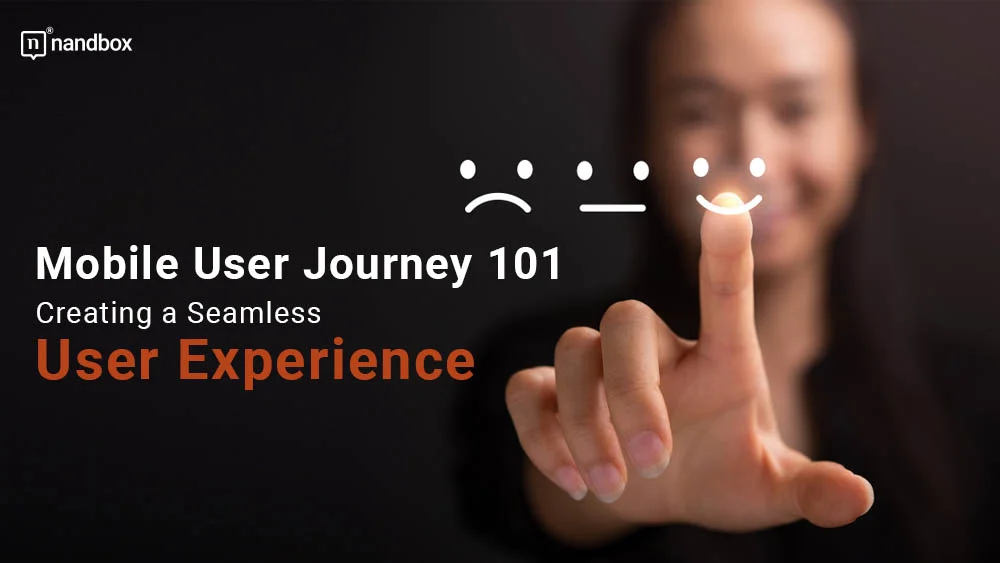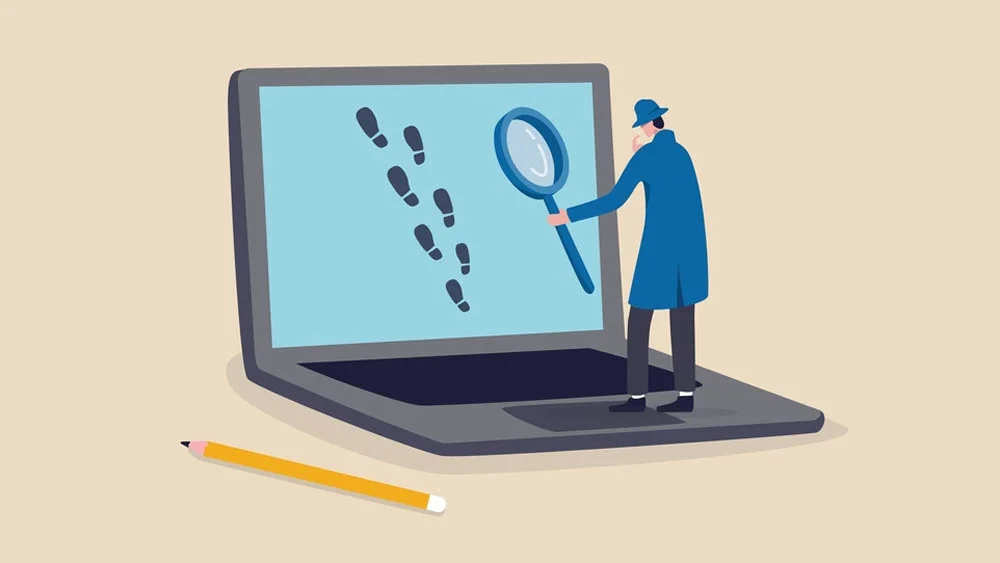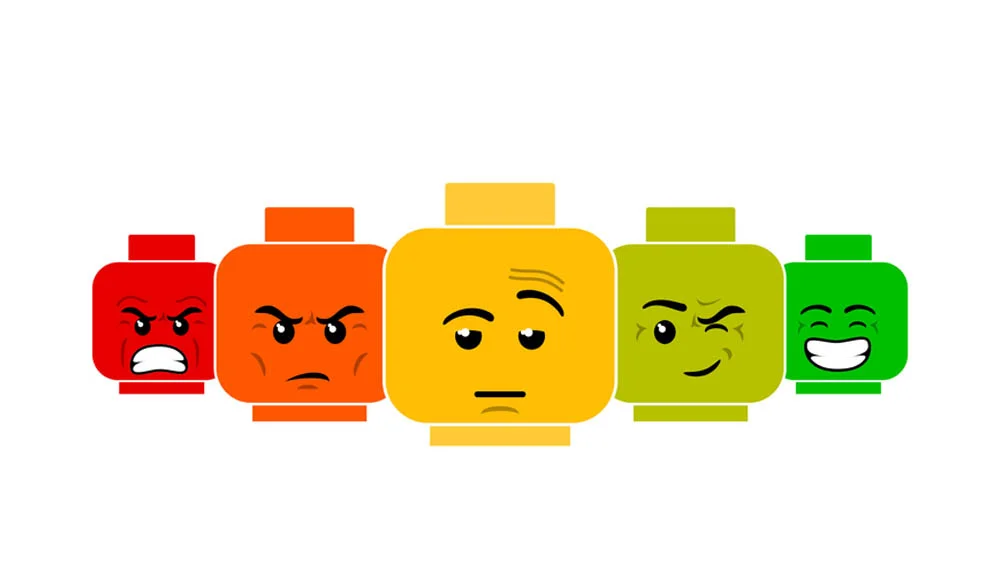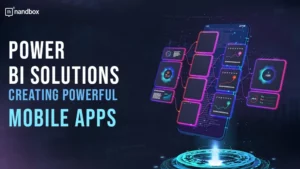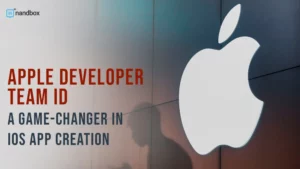How to Make the Most of Your Mobile User Journey
Throughout life, we take many journeys. Some of them are personal and moral; some of them are fun and exciting; and some are not so pleasant. However, we end up going through nearly all of them, as it is what shapes our lives. So, speaking of journeys, we need to speak about a special type of journey that we take, which is through apps. I know it is not as deep as the ones I mentioned and paved the way for. But it is something that is very vital for people who work in this industry. In this article, we will demonstrate the mobile user journey through apps and how it impacts an app’s success.
What is User Journey Mapping
People always tend to plan their journeys. As it makes going through them much easier, simpler, and more organized. As a mobile user, you also do the same with apps without even noticing. And of course, the journey plan differs from one person to another; you will never find two identical journeys. They can have some common points, but they can never be the same.
A user journey map is the process of completing a certain action or completing a certain task through an app. It takes the form of steps that the user takes through the apps. Where he stays the most and what he disregards. It starts from the moment a user downloads the app to the moment he decides to stay on the app or uninstall it
Mapping a mobile user’s journey indicates many things for an app owner. It indicates whether this app is interesting and functional enough so that the user could continue using it. It can also indicate the strengths and weaknesses of the app.
Stages of the User Journey
As we mentioned earlier, the user journey shares some common points or steps, but the user behavior during each stage also differs. So, without further ado, let us explore the six stages of a mobile user’s journey through an app.
Awareness
The first stage is the awareness stage. In this stage, the user first comes across an app, either through an app store, a social media post, or an ad in another app. In all cases, the mobile user gets an initial impression of this app. That is why app developers and marketers focus on applying all the effective marketing strategies, such as app store optimization, social media, and many more.
Consideration
The second stage is the consideration stage. Just because a mobile user comes across an ad or a social media post about an app doesn’t mean that he will actually run to download it instantly. Users would first go through a process of consideration. They start filtering out and reviewing the app’s features and functions to see if it offers something of value.
Download
Now that the consideration stage is over, we get to the decision and download stage. Through this mobile user journey stage, the user decides that the app is worth it and has valuable features. This stage can also be called “user acquisition”, as it means that the marketing strategies and efforts pay off and can acquire users.
Onboarding
Welcome onboard! The onboarding stage is also the stage where mobile users get to explore and interact with the app for the first time. And remember that the first impression always matters. That is why it is very important at this stage of the mobile user journey that they are welcomed with a well-executed and engaging onboarding process that highlights all the unique features and functions.
Retention
Retention is probably the most important stage of the mobile user’s journey. Through this stage, app developers work on reducing and eliminating any churn rates, which is the rate at which users abandon or stop using the app. Through this stage, the developers emphasize and improve the app’s features and keep adding elements to keep users hooked. This includes push notifications, engaging content, and new features.
Loyalty
A great retention stage leads to a great loyalty stage. The loyalty stage is what separates a good app from a mediocre one. It is the stage where users are attached to the app, as it offers everything they are looking for and even more. This led to the formation of a loyal user base and community that is always eager and expects more from the app. This community also contributes to building a great app image, which improves user acquisition rates.
Importance of User Journey Mapping
Enhance User Experience
To provide a better experience for your app’s users, user journey mapping is an effective technique. Developing a map of how a user engages with your app will help you find areas to enhance the user’s overall experience. You can do this by, for example, making account registration less complicated, providing easy navigation, or introducing whole new features. Developing an app that people enjoy using and return to is much easier if you give more thought to their experience from start to finish.
Improve User Retention and Acquisition Rates
It is essential to map the mobile user’s journey if you want to increase your retention and acquisition rates. Identifying and fixing errors, bugs, and areas for improvement is the key to maintaining app users’ interest and loyalty. This may involve implementing brand-new features and streamlining the user interface. This in turn will boost retention and word-of-mouth promotion, as your app is providing a more pleasant experience for your users.
Help Understand Users’ Behavior and Interests
By outlining the steps a user takes while using your app, you can learn more about their goals and interests. Your app’s primary goal can be determined by studying the information obtained from user journey maps. If you see that users are abandoning your app at a certain section, you may figure out why and make adjustments to make the journey more appealing. User journey mapping can also be used to identify opportunities for boosting promotions, as well as areas where the user experience can be tailored to the specific needs of each user.
Best Practices for Mapping the User Journey for Your Mobile App
Define Your Goals
First, you need to decide what you want to accomplish with your mobile app. When people use your app, what do you hope they’ll achieve and fulfill? Setting clear objectives will illustrate the expected results and direct the user’s journey in a better and more effective direction.
Identify User Personas
The second best practice is that you need to create user personas that reflect your potential user base. The core behaviors, interests, and needs of your target audience should all be reflected in these personas. If you know what your users want and need, you can make the entire user experience more satisfying for them.
Conduct User Research
One of the most important practices is conducting thorough research. You can gather information by conducting user questionnaires, interviews, and performance tests. You can successfully map the user journey with all the information and data that this research provides about user behavior, needs, and preferences.
Outline Key Features and Functions
In order to improve your app, you must first find the most important points of user engagement. These points of contact might be anything from the initial download and installation to the app’s key features, onboarding, notifications, and purchases. It is not only limited to features, it is anything that drives and boosts user engagement. Monitor the mobile user’s journey through the app and document each engagement point to learn more about their experience.
Define User Goals and Actions
Users’ needs and goals should be defined in detail during the mapping of the user journey. For instance, in e-commerce apps, making a purchase is the end goal. Thus, you’ll want to make sure users know how to do things and go through this action, like browsing products, adding them to their carts, and checking out. By being aware of these goals and actions, you can create a more streamlined experience for your users.
Consider Different User Behavior and Needs
You can expect all your users to be the same. That is why, when outlining and mapping the user journey, remember to include a variety of users’ behaviors, preferences, and needs. Users’ needs, goals, and interests may change according to many factors and circumstances, such as location, region, age, or gender. Improving the user experience requires tailoring the user journey to different use cases.
Keep It Updated
Usually, the mobile user journey map is a dynamic, ever-evolving format that adapts and evolves as your app and its users do. Make sure to check in on it frequently to make sure it’s up-to-date with any modifications or user feedback that may have come along.
Final Thoughts
Keeping track of your users and how they behave may be a tad difficult, but it is what usually leads to great outcomes and successful apps. Mobile user mapping is now one of the most important methods that developers need to go through and implement to have a clear and effective development journey where they will develop an app that can fit their users’ needs precisely. There are now many tools like LucidChart, FlowMap, and many more on the market that offer great mobile user journey mapping services to make it easy for developers to accomplish their goals

